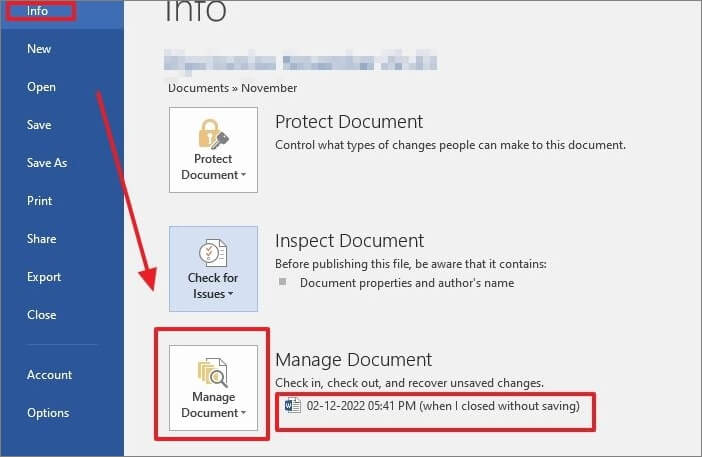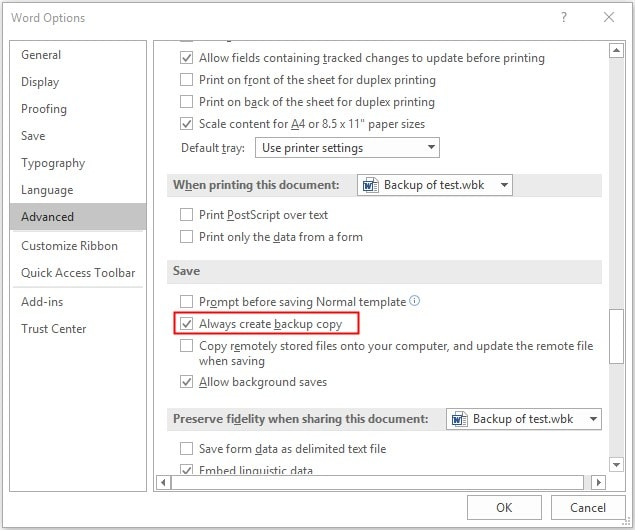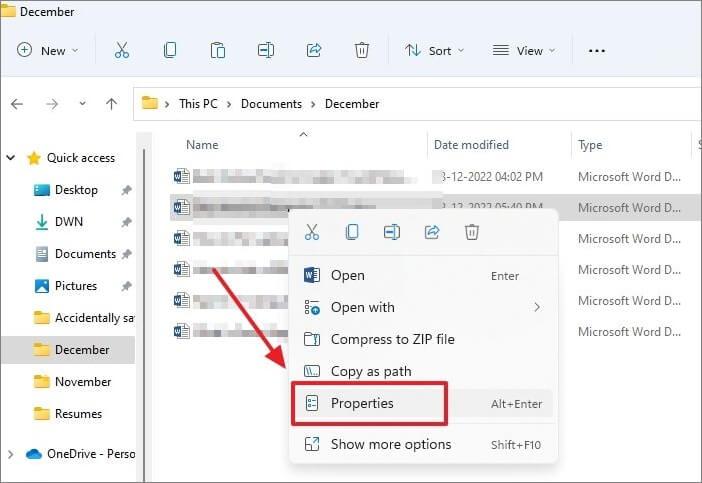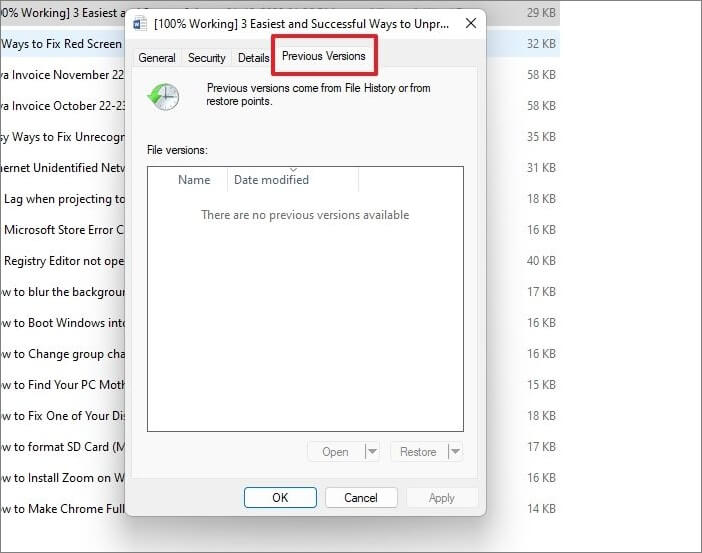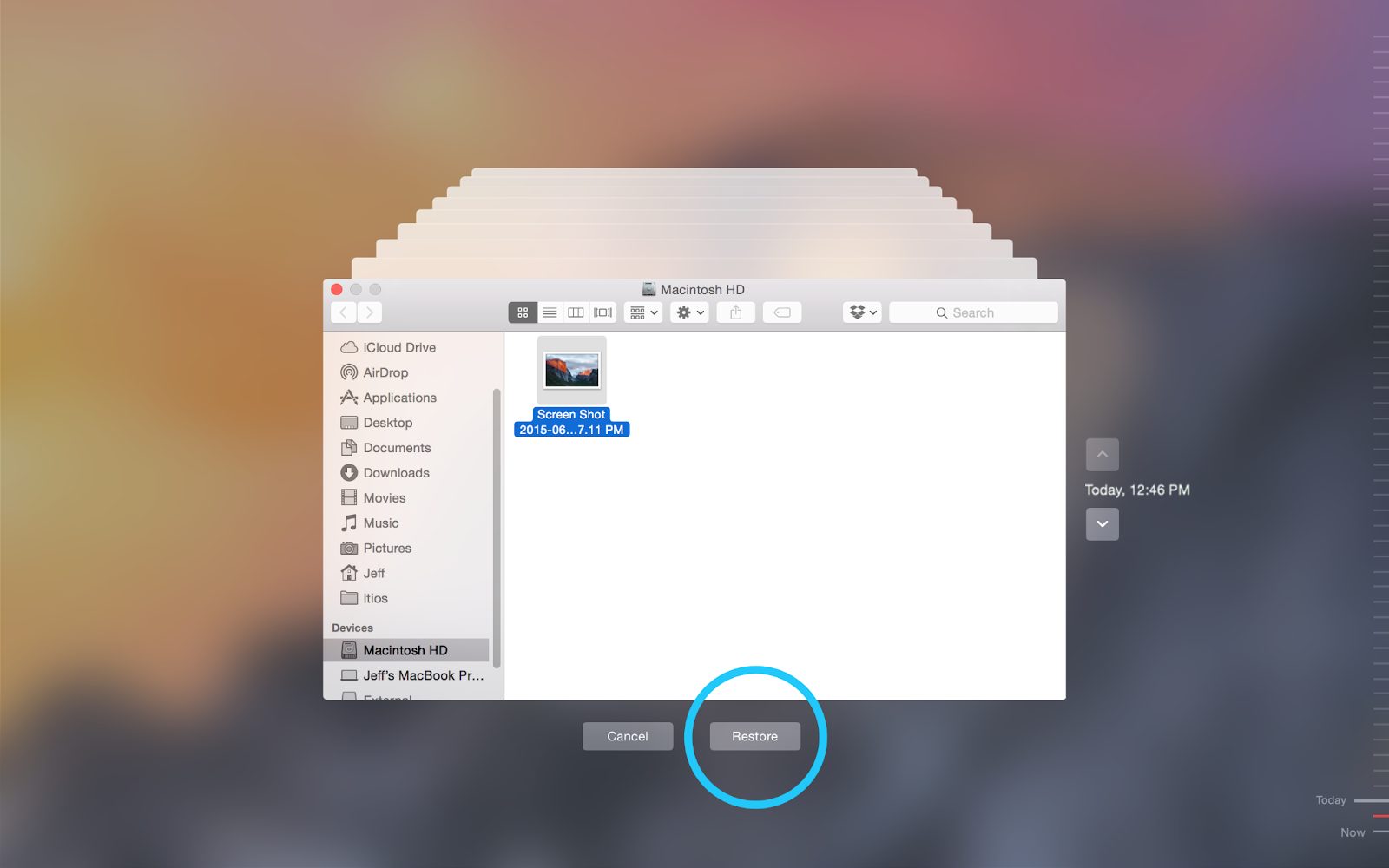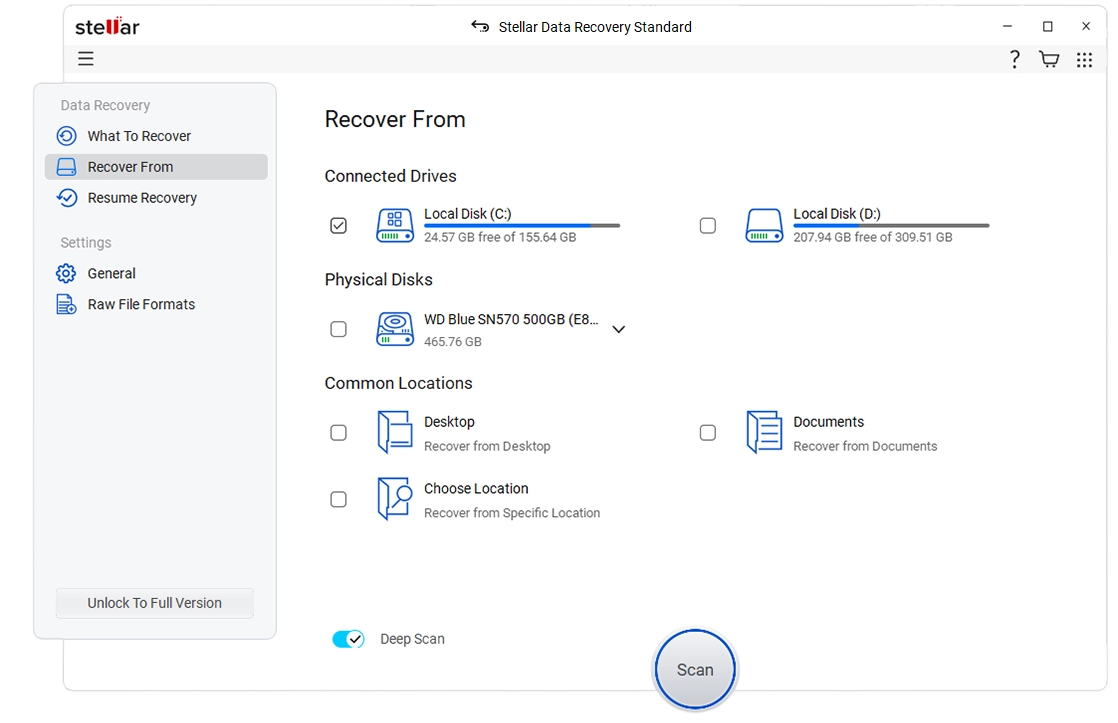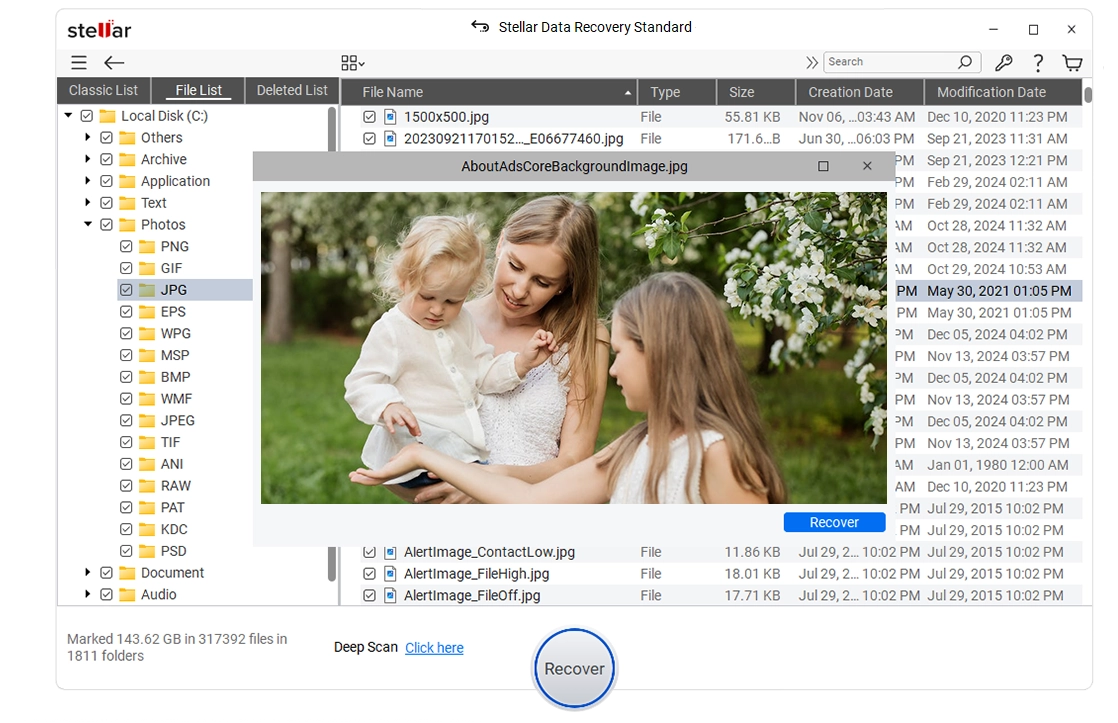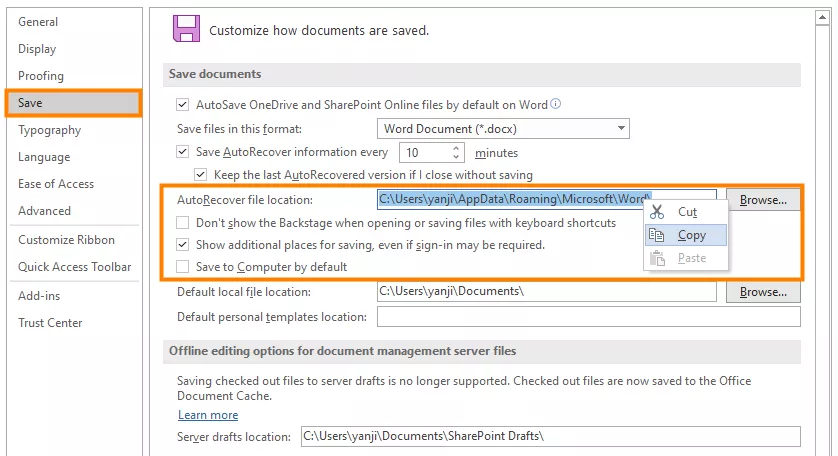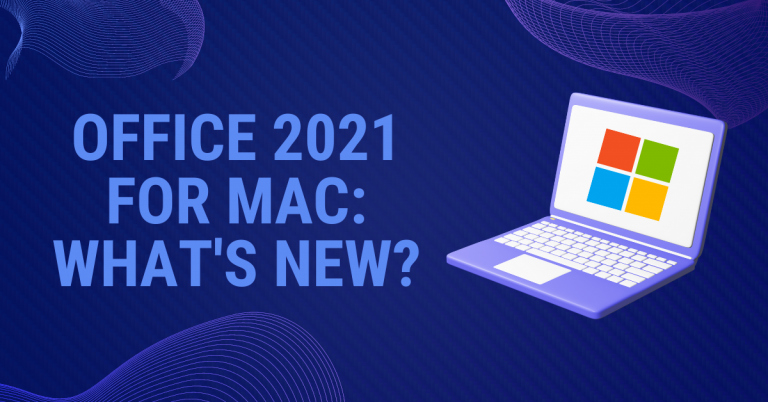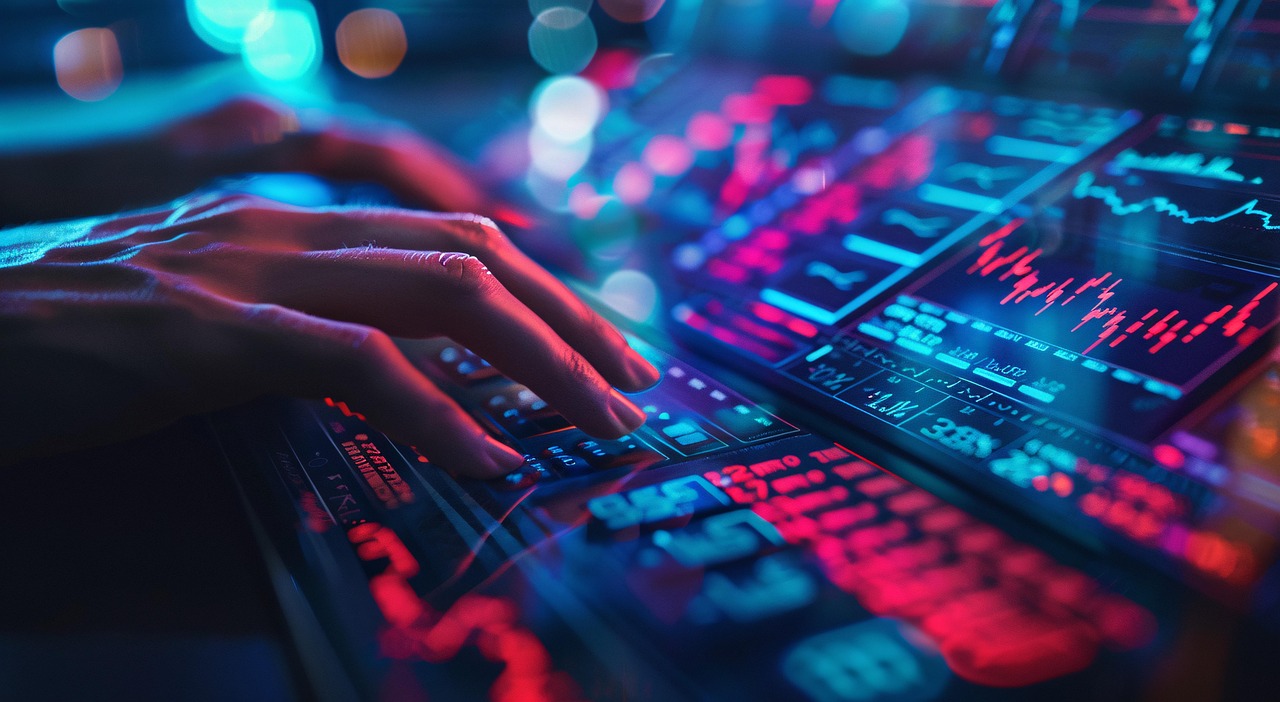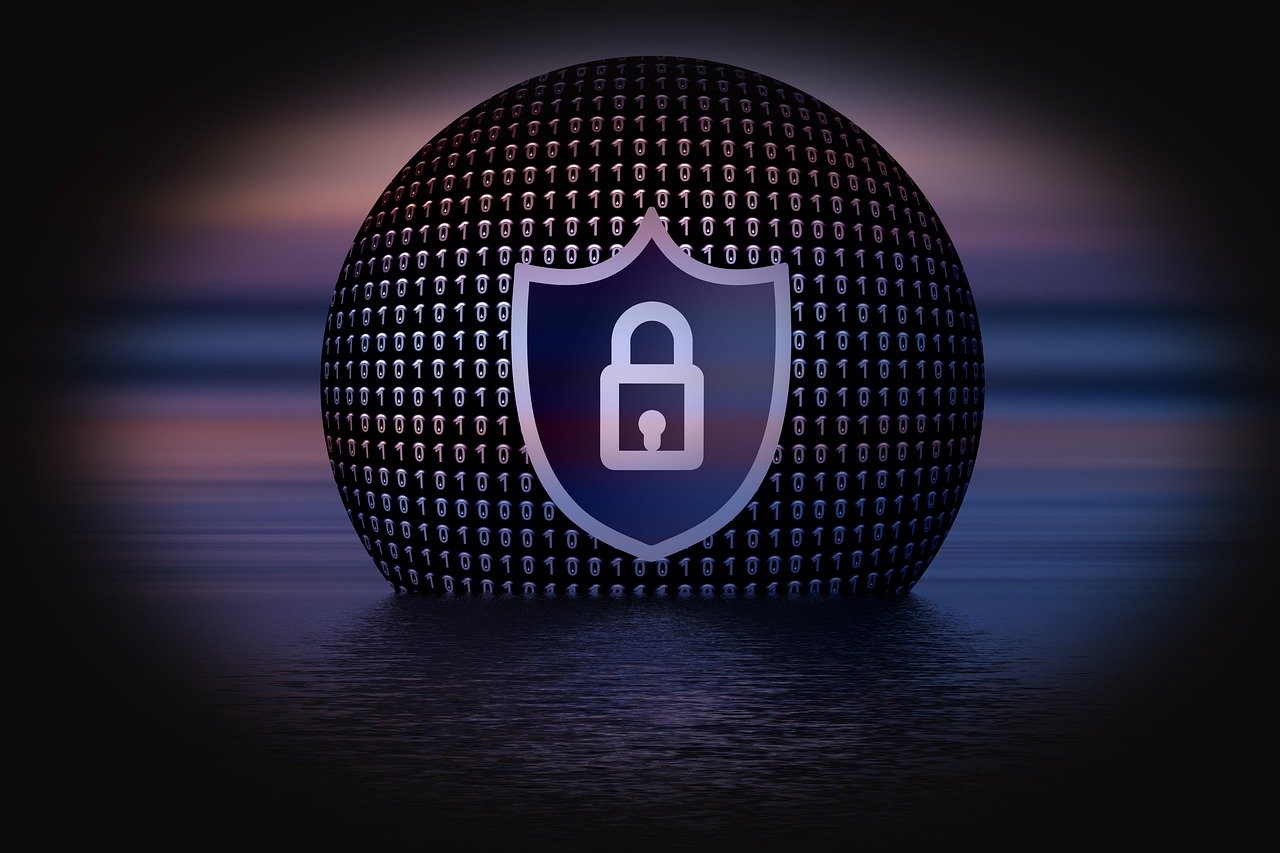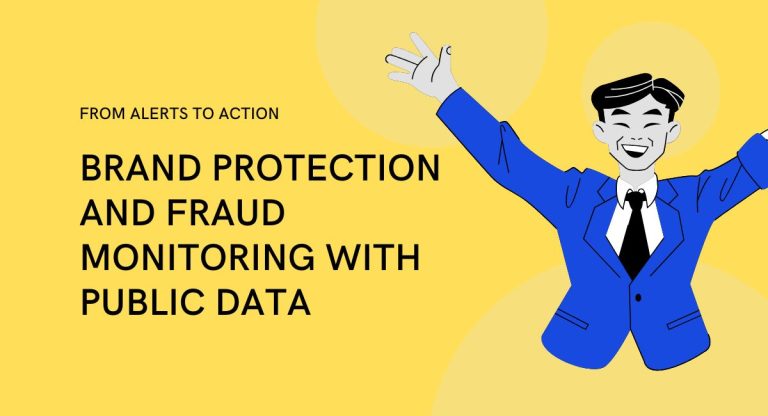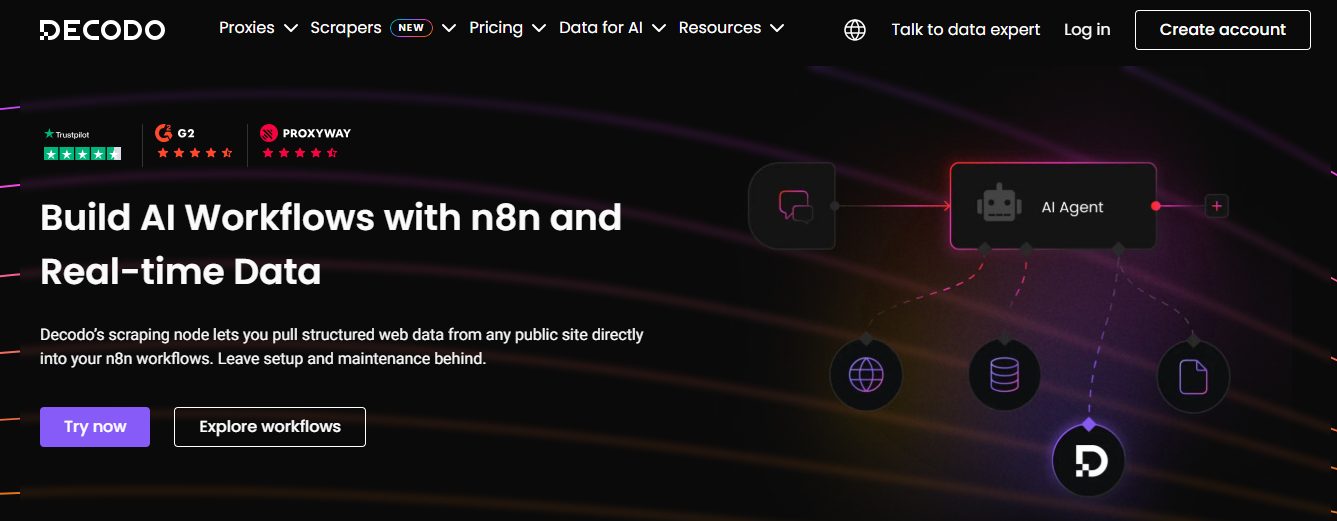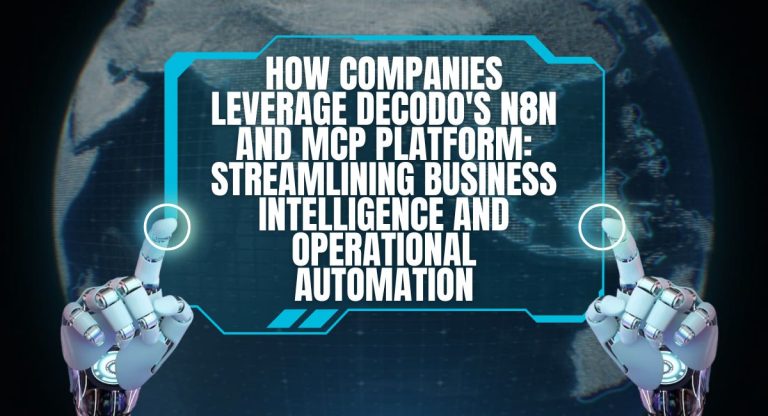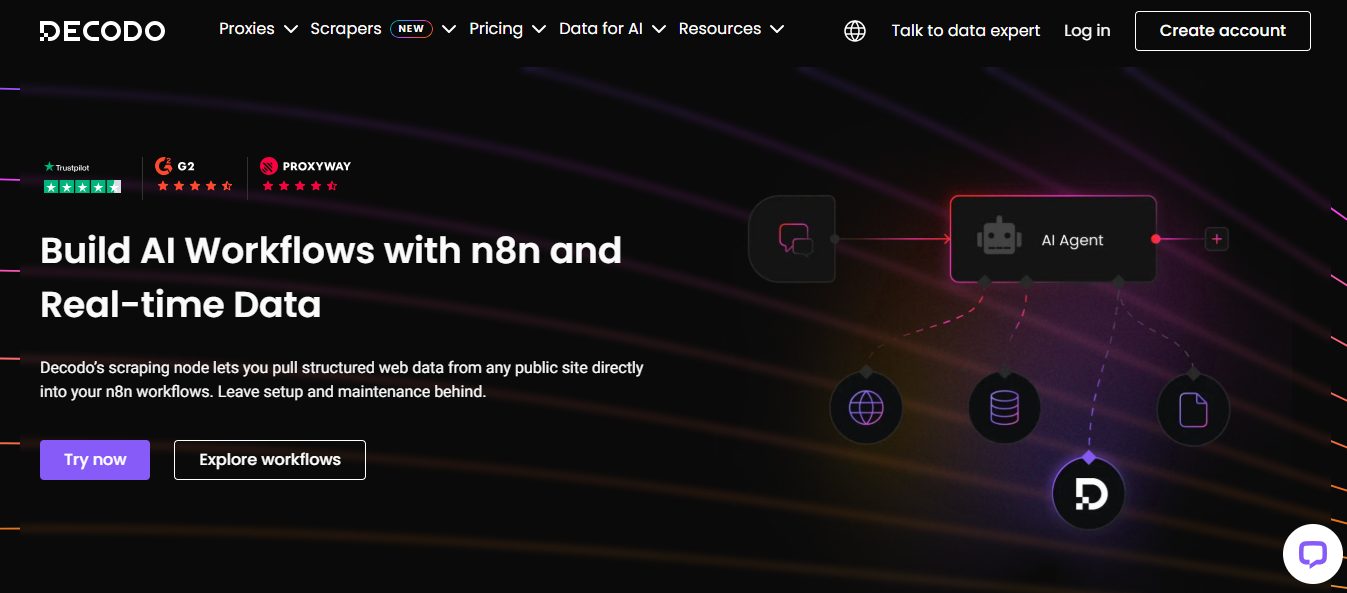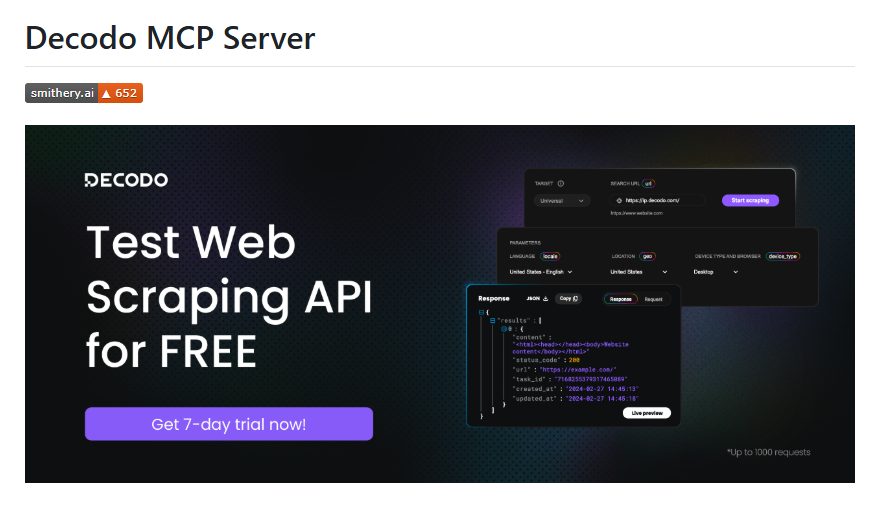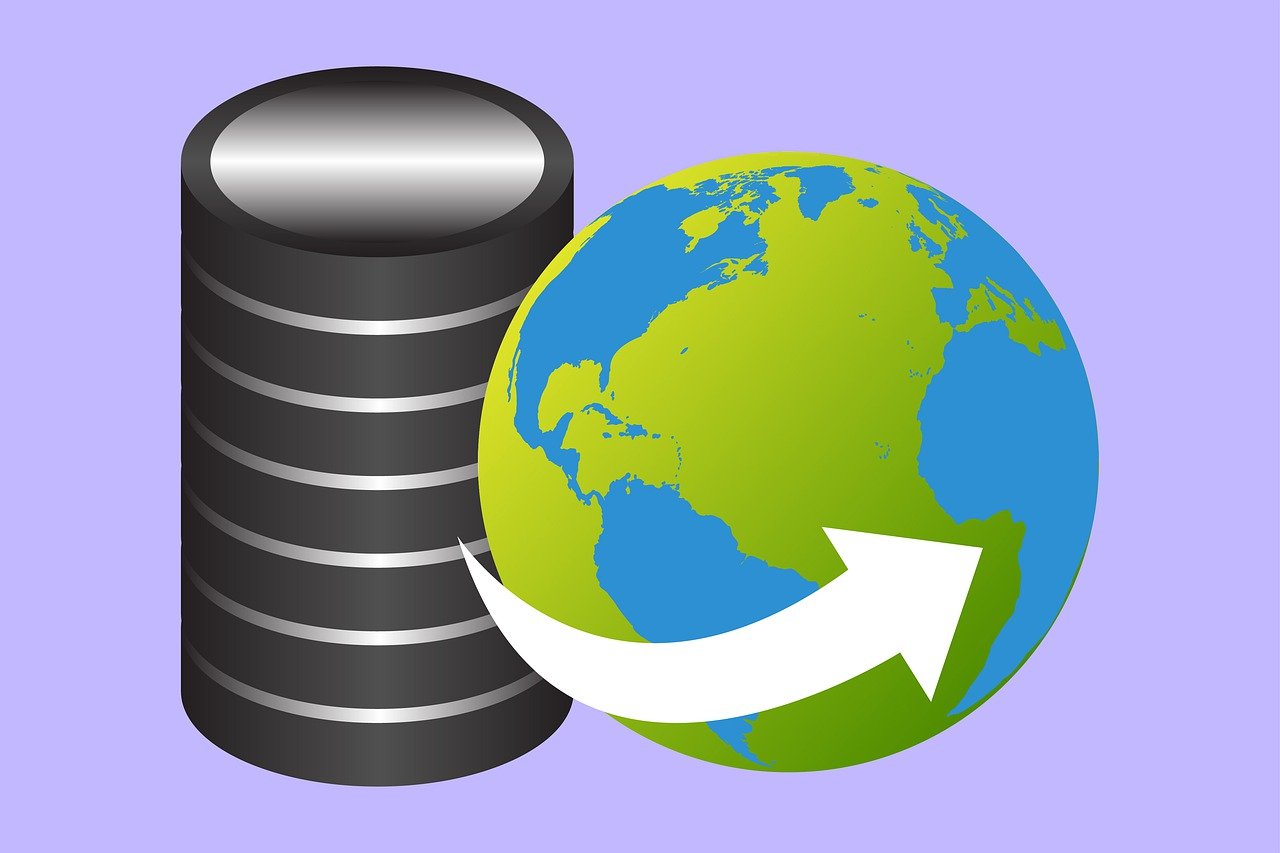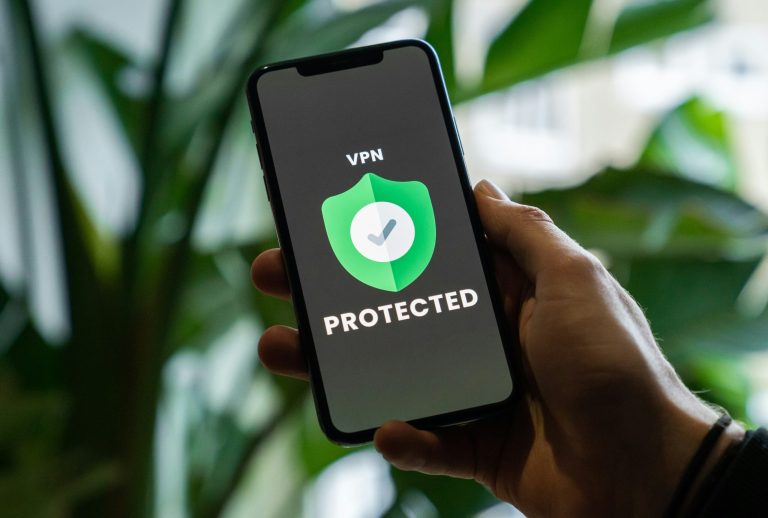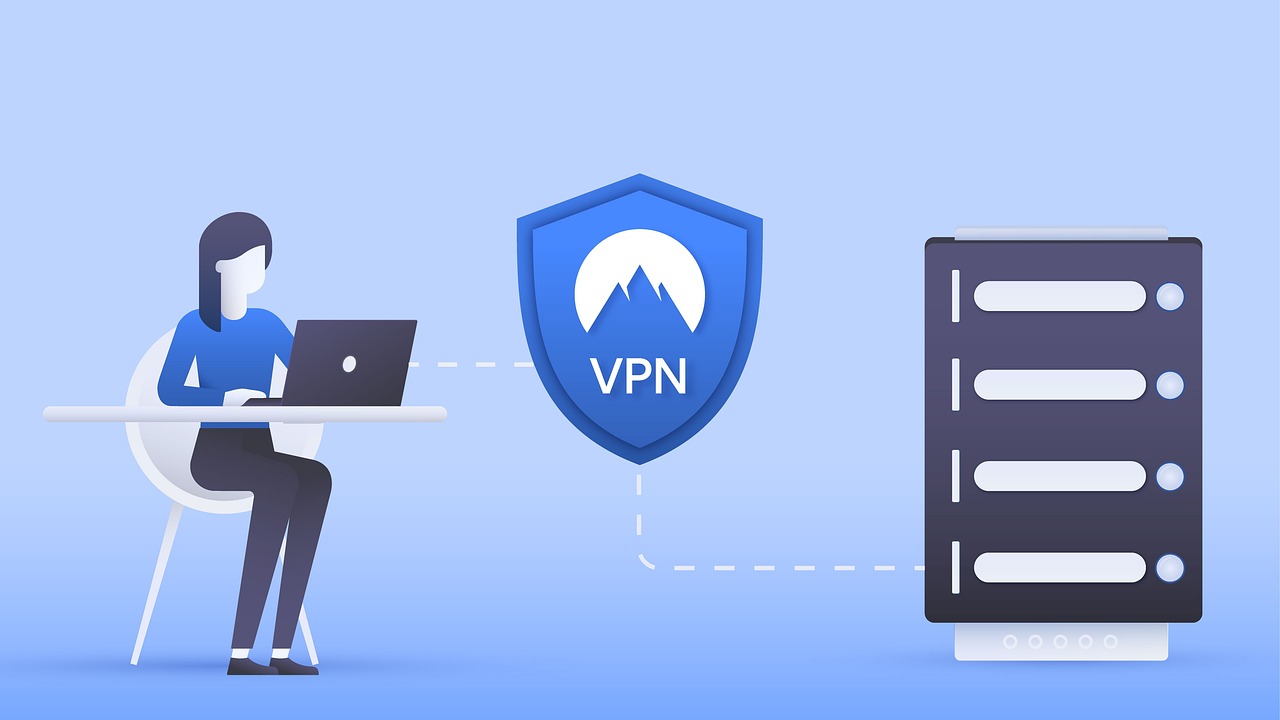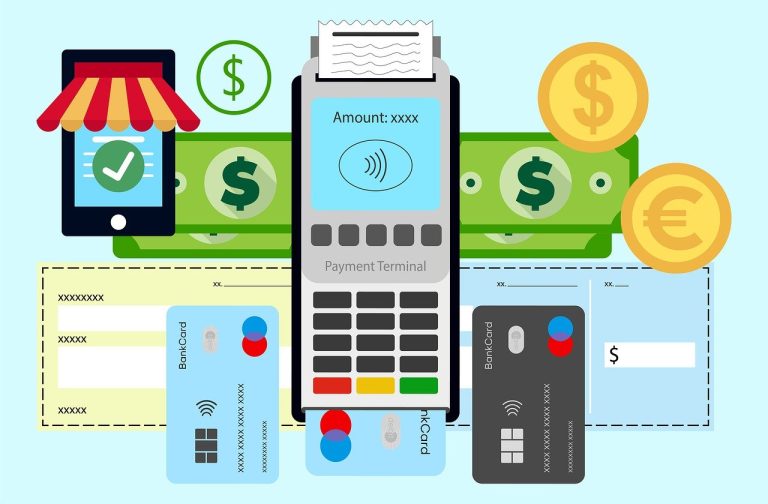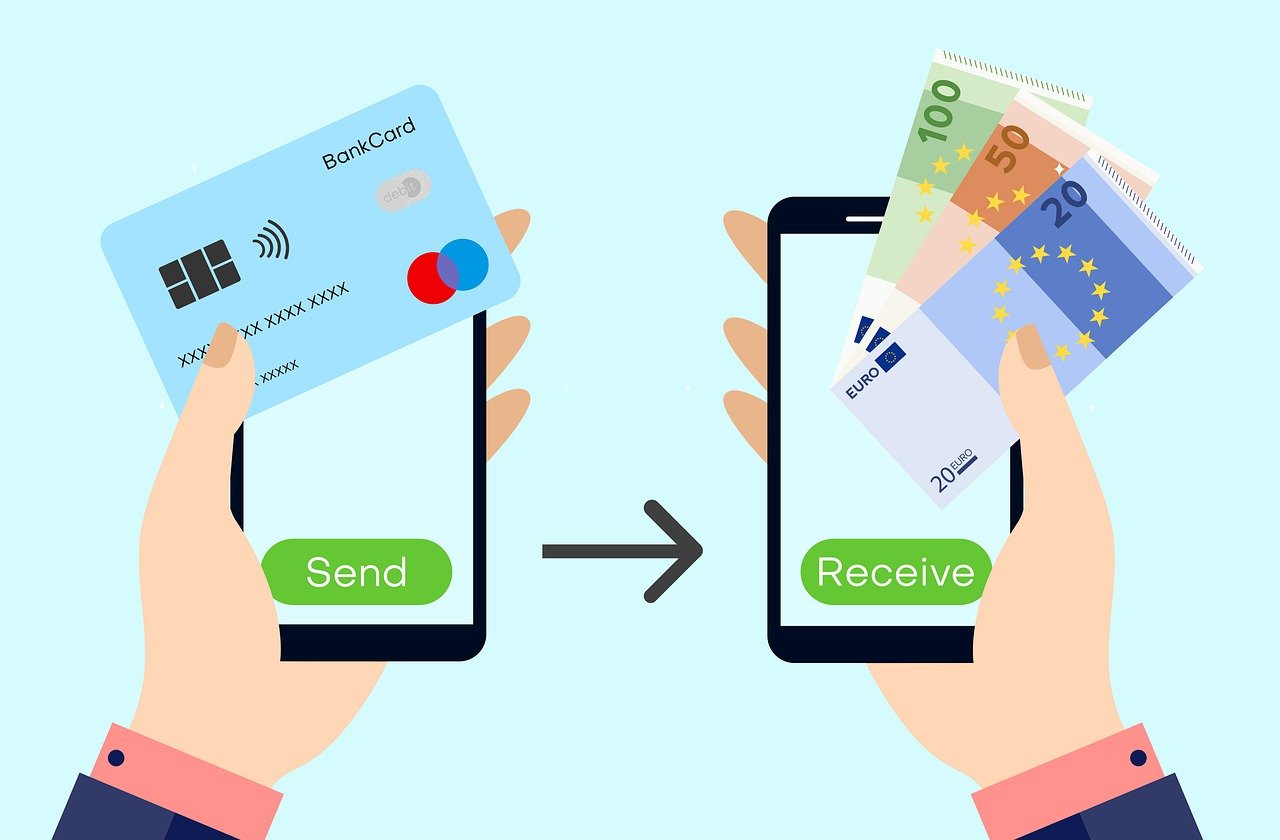Learn how to recover an accidentally saved over Word Document in this post.
Accidentally saving over an important Word document can cause significant problems. Such a situation generally happens when you are in hurry, doing multitasks, or just quickly clicking through files.
Losing an important Word document can put you in trouble, but fortunately, Microsoft Word offers several recovery methods to restore overwritten files or previous versions. In this guide, we’ll discuss different methods on how to recover accidentally saved over Word document.
With the right approach, you can often retrieve your lost content and avoid starting from scratch. Let’s dive into the solutions that can save your work.
Table of Contents
Why Saving Over Word Documents Causes Problems?
Whenever you save a file in Word, the program typically overwrites the existing file with the latest content. Unlike temporary drafts, Word doesn’t store unlimited past versions unless backup or AutoRecover settings are enabled.
This means any earlier content, edits, or important details get permanently overwritten. If you realise later that information was mistakenly deleted or changed, don’t panic.
This situation might seem distressing at first instinct – but fortunately, there are several Windows data recovery software tools and other options available that you can try to restore lost Word files.
How do I Recover Accidentally Saved Over Word Document?
When you encounter a saved over Word file on your PC, the first thing to do is stop editing or saving the file any further. Any additional changes can make the recovery more complex.
Now, you can go with the following Windows data recovery methods one by one to recover an accidentally saved over Word document:
Method 01: Check Built-In AutoRecover Feature
Microsoft Word offers a built-in Autorecover feature, which, when enabled on your device, creates temporary copies of your document while you work.
If your Word app/computer crashed unexpectedly or you haven’t closed Word properly, these files can be used to recover unsaved changes. To recover your lost Word files using the AutoRecover feature, you have to:
- Launch the Word app, go to File > Info.
- Now, go to the Manage Document or Manage Versions section.
- Click Recover Unsaved Documents.
- Browse the list of AutoRecover files and select the one which you are looking for.
- Open the desired version, save it immediately with a new name to avoid losing it.
Method 02: Recover Using Backup Copies
Another method that you can try to recover your lost Word files is by using the built-in Always create backup copy option.
When enabled, this option creates a backup copy (.wbk file) every time you save your Word document, preserving the version from before the most recent save. Follow the below steps to check if you have backup copies:
- Open the Word file, go to File > Options > Advanced.
- Scroll down to the Save section.
- Now, check if the Always create backup copy option is enabled.
- If yes, go to the folder where your document is saved for a file with the same name but with the .wbk extension.
- Open that backup file in Word to retrieve the earlier version.
Method 03: Use Device’s Built-in Backups
Windows and macOS come with built-in backup tools—File History on Windows and Time Machine on macOS—that allow you to restore previous versions of your files. Go through the below steps to recover an accidentally saved over Word document using these features:
Recover Using Windows’ File History
- Firstly, go to the folder containing your Word document.
- Right-click on that file and select Properties.
- Go to the Previous Versions tab.
- Browse through available previous versions saved by File History or System Restore and select the one you need to restore.
- Click Restore to save the selected file back to your device.
Recover Using macOS Time Machine
If you’ve enabled Time Machine backup on your Mac, follow the below steps to recover an accidentally saved over Word document:
- Open the folder containing your Word document.
- Now, launch Time Machine from the menu bar or Application folder.
- Select the previous version of the file that you need to restore.
- Click Restore to save the selected version on your Mac.
Method 04: Recover Word Document Using Third-Party Software
If the above methods fail to recover your accidentally saved over Word document, try third-party Windows data recovery software like Stellar Data Recovery Standard. This all-in-one data recovery tool performs a deep scan of your device to locate deleted, lost, or overwritten files, and even restore previous versions of your documents.
Stellar Data Recovery Standard is a powerful Windows data recovery software designed to restore files lost/deleted due to accidental deletion, formatting, system crashes, or partition errors.
With its wide compatibility, the software supports recovery of files from your computer, external drives, and even formatted partitions. The software also offers preview functionality, allowing you to preview the recovered data before saving it on your PC.
Here’s how to recover a Word document using the Stellar Data Recovery Standard software:
Step 1: Download and install the Stellar Data Recovery Standard software on your Windows PC or Mac.
Step 2: Launch the software and select the type of data you need to restore (to recover your lost Word file, select Office Documents) and click Next.
Step 3: Choose the drive or folder where your saved over Word document was originally stored and click Scan to initiate the scanning process.
Step 4: Once the scan is complete, preview the recoverable Word files. Select the required version and click Recover to save it to a safe location.
Preventive Tips to Avoid Future Overwrites
Recovering an accidentally saved over Word document is possible using the aforementioned steps; prevention is always better. Here are some practical tips to avoid overwriting Word documents in the future:
- Always Use Save As option: While editing or creating a new version of your previously saved files, use Save As instead of Save, and give the file a different name (e.g., Report_V1, Report_Final, Report_Backup).
- Create Cloud Backups: Along with your device’s built-in backup utility, try cloud backups such as OneDrive, Google Drive, or Dropbox to create a backup of your Word documents.
- Enable AutoSave and AutoRecover: In Word, go to File > Options > Save in Word. Enable AutoRecover information every X minutes. Also, check the Keep the last autosaved version option.
Conclusion
If you ever encounter a saved over Word document, go with the aforementioned Windows data recovery methods to restore the original file.
From Word’s built-in recovery features (AutoRecover, backup files) to Windows Previous Versions and cloud storage version history, there are multiple ways to get your original file back. If these methods seem complex, try third-party Windows data recovery software like Stellar Data Recovery Standard to restore overwritten files.
By applying the methods above, you can significantly improve your chances of recovering an accidentally saved-over Word document and ensure your critical information is safe.
INTERESTING POSTS
- How To Recover Lost Files On A Computer [EXPERT GUIDE]
- GoGoPDF: Complete PDF Online Tools Free For Use
- Office 2021 For Mac: What’s New?
- Document Collaboration Among Remote Teams: Tools And Strategies For Success
- How To View Your Saved Passwords on Any Device [Mac, Windows, Android & iOS]
- How to Find OST File Location LIKE A PRO!



